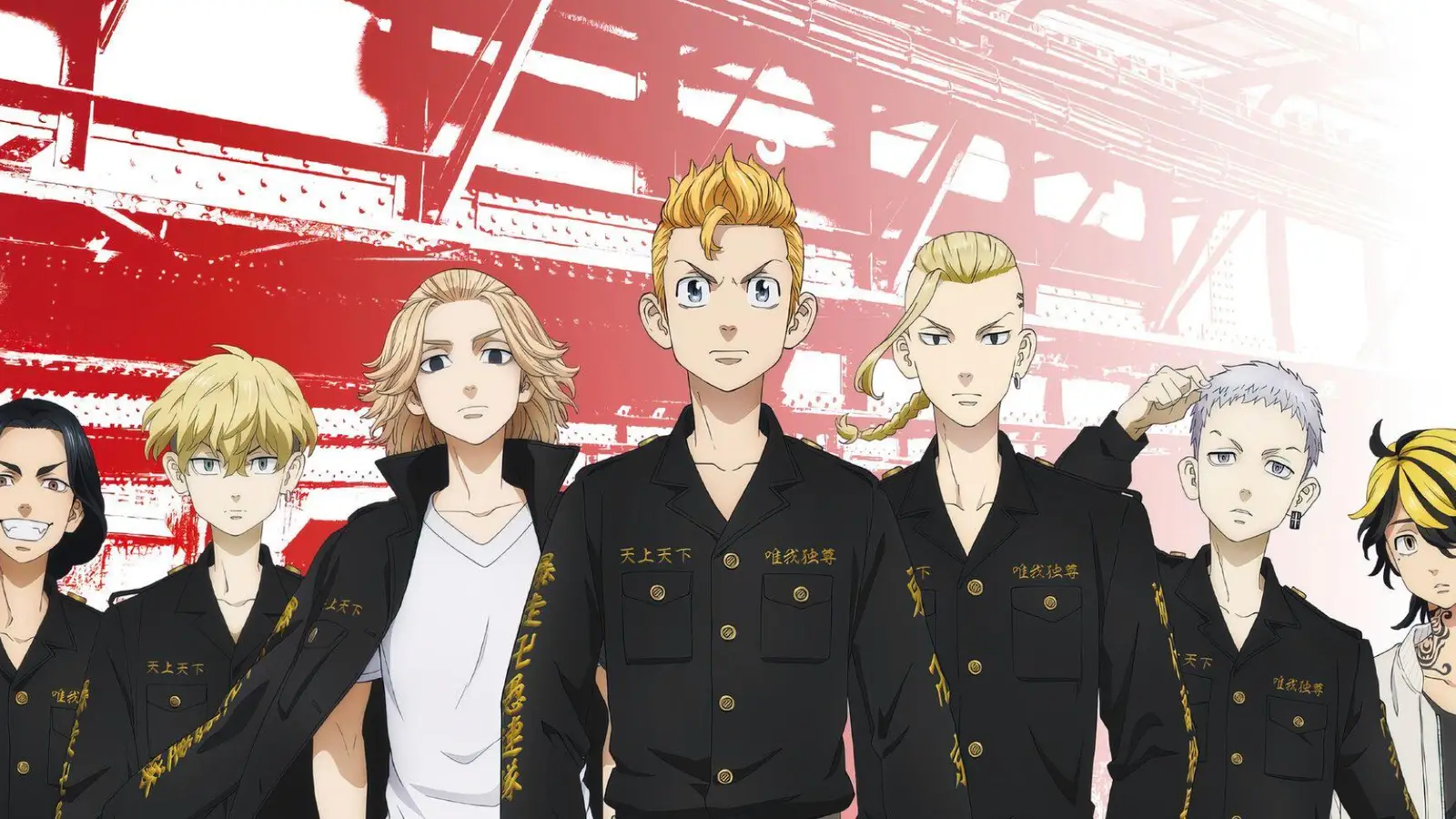
Few things are more frustrating for anime fans than falling in love with a series, only to watch it lose its spark. Many shows start with incredible promise: gripping storylines, brilliant animation, and characters who demand emotional investment. Yet somewhere along the way, whether due to pacing issues, production struggles, or questionable writing choices, they fall apart.
These anime series were never outright failures, as they each began with enough brilliance to win over massive audiences. But their declines remain cautionary tales of what happens when a series stumbles after showing world-class potential. Here are eight anime series that started out amazing, with the potential to be all-time greats, but eventually went downhill and lost the majority of their fanbases.
Blue Lock
When Blue Lock debuted, it electrified sports anime fans with its bold twist on the genre. Instead of celebrating teamwork, it focused on egotism and individuality, framing soccer as a battle for dominance. The opening episodes were full of high-stakes matches, stylish visuals, and psychological tension that felt closer to a thriller than a typical sports story.
However, the show’s intensity started to collapse under its own weight. As arcs dragged on, character development became repetitive, with rivalries feeling interchangeable rather than distinct. The matches grew less about tactical creativity and more about flashy powers, undermining the grounded brilliance that initially made Blue Lock so refreshing. That, mixed with Blue Lock season 2’s lackluster animation, caused the anime to go downhill fast.
Cells at Work!
The first season of Cells at Work! was both educational and wildly entertaining, using personified cells to explain the human body. It balanced humor, charm, and science in a way that appealed to casual viewers and biology enthusiasts alike. Episodes featuring platelets or the immune system quickly became fan favorites, and the anime earned praise for its originality.
Unfortunately, the novelty wore off quickly. The second season struggled to maintain the same charm, often recycling familiar scenarios and explanations without offering much new information. While spin-offs like Cells at Work! Code Black attempted a darker take that was downright horrible and killed the series for good. The franchise as a whole began to feel like a gimmick stretched too thin. Its brilliance dimmed with each retread.
Tokyo Revengers
Tokyo Revengers exploded in popularity with its first arc, mixing delinquent gang drama with a clever time-travel twist. The protagonist’s desperate attempts to alter the past gave the story emotional weight, and the combination of street fights and heartfelt moments made it feel unique. The early gang conflicts carried an intensity that kept audiences hooked week after week.
But as the story progressed, cracks began to show. The time-travel mechanics became inconsistent, with timelines constantly shifting in ways that felt more convoluted than impactful. Characters who once seemed layered devolved into repetitive archetypes, endlessly rehashing betrayals and reconciliations. What began as an innovative blend of action and emotion eventually spiraled into messy storytelling that lost its edge.
One-Punch Man
When One-Punch Man first aired, it felt like a revolution in anime. Saitama’s gimmick of defeating every enemy with a single punch was brilliantly subversive, poking fun at shōnen tropes while delivering some of the best action animation ever produced. The battles against villains like Boros became instant classics, with fans praising its mix of comedy and jaw-dropping visuals.
Unfortunately, maintaining that level of quality proved impossible. The second season shifted studios, and the animation took a noticeable downturn. The pacing slowed, focusing heavily on side characters without balancing Saitama’s presence. While the manga continued to thrive, the anime lost the momentum that made it a global sensation. What once felt groundbreaking became a pale imitation of itself.
Uzumaki
Junji Ito’s Uzumaki adaptation was one of the most hyped horror anime announcements in years. Fans of Ito’s manga eagerly awaited its eerie, unsettling visuals and the creeping dread of its spiraling curse. Early teasers suggested a faithful adaptation with a haunting black-and-white aesthetic, promising to capture the manga’s grotesque atmosphere on screen in stunning animation.
But delays and production issues plagued the project, and when episodes finally trickled out, many were left underwhelmed. The unique art style didn’t fully translate, and the pacing felt uneven, with terrifying moments often dulled by weak execution. Rather than becoming the definitive Junji Ito adaptation, Uzumaki struggled to meet expectations, showing how hype can turn to disappointment when delivery falters.
Darling in the Franxx
Darling in the Franxx burst onto the scene with bold visuals and fascinating mysteries. Its combination of mecha battles, symbolic imagery, and coming-of-age themes captivated viewers. The main bond between Hiro and Zero Two carried emotional weight, and the first half built up a layered narrative filled with allegory and foreshadowing that seemed destined for greatness.
Then came the second half, where everything unraveled. The show abandoned its grounded conflicts in favor of sudden alien invasions and rushed plot resolutions. Characters lost consistency, and carefully built themes were discarded in favor of melodrama. Fans felt betrayed by the tonal shift, turning what could have been a masterpiece into one of anime’s most infamous declines.
Tokyo Ghoul
The first season of Tokyo Ghoul remains iconic for its dark tone, stylish action, and the tragic transformation of Kaneki. Its mix of horror and psychological tension made it a standout among early 2010s anime. The infamous “torture scene” showcased the series at its peak, balancing brutality with emotional depth that lingered long after the credits rolled.
Sadly, the adaptation quickly derailed. Tokyo Ghoul √A deviated from the manga, leaving fans bewildered by incoherent story choices and uneven pacing. Later seasons attempted to course-correct, but rushed arcs and choppy character development only worsened matters. What began as a dark, ambitious series ultimately collapsed into confusion, robbing Tokyo Ghoul of the masterpiece status it once promised.
The Promised Neverland
The first season of The Promised Neverland was nothing short of spectacular. It delivered a thrilling escape story filled with mystery, suspense, and clever strategy. Emma, Norman, and Ray were compelling leads whose battle of wits against Isabella captivated fans worldwide. Its mix of horror and intelligence made it one of the most acclaimed anime of its year.



